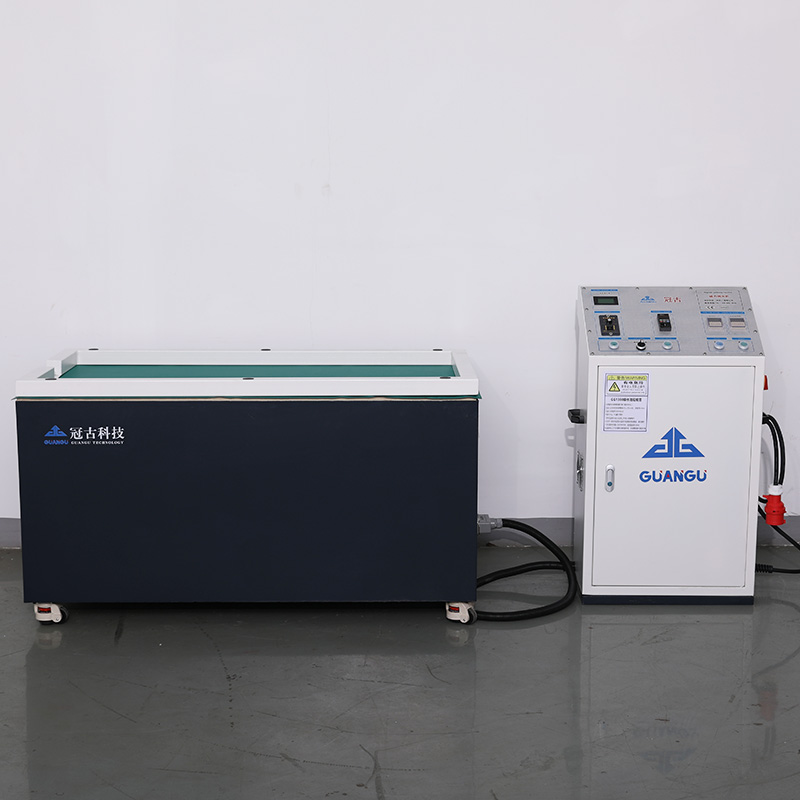aluminum die castings turn black after cleaning-The blackening of aluminum die castings after cleaning may be caused by oxidation or corrosion. Here are some possible workarounds:
Pickling: Pickling with an appropriate pickling agent can remove oxides and corrosion and restore the brightness of aluminum die castings. Choose the appropriate pickling agent (such as nitric acid, acid detergent, etc.) and follow the correct operation steps. Note that when using pickling agents, follow safe operating procedures, including wearing protective gloves and glasses, and making sure to rinse the aluminum parts well to remove residual pickling agents.
Free samples of magnetic mechanical polishing equipment
Mechanical polishing: The black oxide layer on the surface can be removed by using an appropriate mechanical polishing method. Polishing can be done with abrasive tools such as sandpaper, abrasive sheets, or grinding wheels, or mechanically with powered polishing tools. According to the size and shape of the aluminum die casting, select the appropriate polishing tool and abrasive particle size, first rough grinding and then fine grinding to restore the brightness of the surface.

Surface treatment: Consider surface treatment of aluminum die castings, such as anodizing, electrophoretic coating, coating, etc. These surface treatments create a protective oxide layer or coating on the surface of the aluminum part, improving its corrosion resistance and appearance.
Prevention of re-darkening: Once the aluminum die casting has regained its brightness, steps need to be taken to prevent re-darkening. This can include regular cleaning, anti-corrosion treatments, protection from harmful substances and environments, etc.
Magnetic polishing of stainless steel parts
Magnetically polished products undergo no size reduction during the polishing process. Magnetic polishing is a process that improves surface quality by using a magnetic field and abrasives in a specific environment. It is commonly used to remove imperfections from the surface of materials, improve the finish and improve the appearance.
The process of magnetic polishing is to place the workpiece in a magnetic medium with abrasives (such as magnetic grinding fluid), and then excite the abrasives in the magnetic medium for grinding by applying an external magnetic field. During the magnetic polishing process, the abrasive in the magnetic medium will generate friction on the surface of the workpiece, thereby removing surface unevenness and blemishes.
Magnetic polishing machine grinding and polishing
Although the magnetic polishing process creates friction on the workpiece surface, this friction is not sufficient to cause a visible reduction in the size of the workpiece. Magnetic polishing is more about removing the material on the surface of the workpiece through the abrasive action of the abrasive, thereby improving the surface quality.
It should be noted that magnetic polishing may cause some changes in surface topography, such as surface finish, roughness, and shape, on a microscopic scale. These changes are often beneficial because they improve the quality and appearance of the workpiece. However, these microscale changes usually do not result in a reduction in the overall size of the workpiece.
The friction force in the magnetic polishing process is not enough to cause a visible reduction in the size of the workpiece, but the surface quality of the workpiece is mainly improved by the abrasive action of the abrasive.









You must be logged in to post a comment.